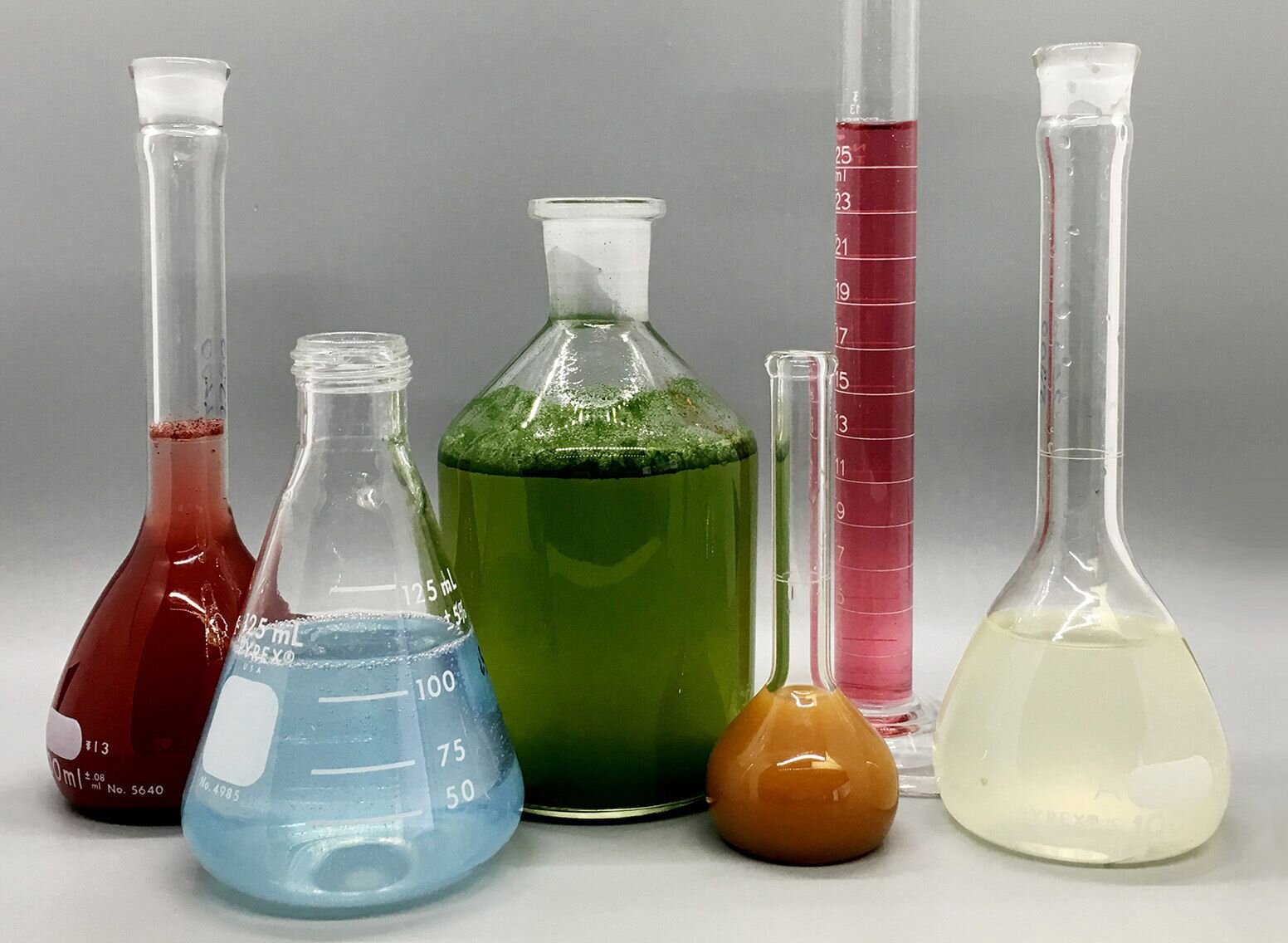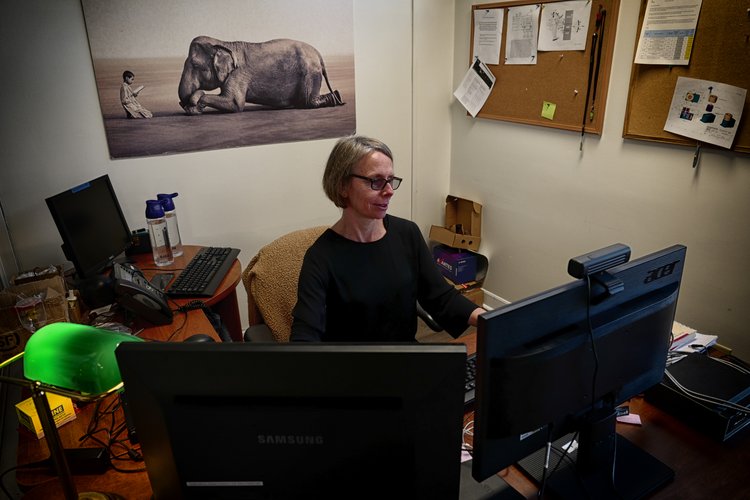Spectrophotometers Fundamentals Explained
Spectrophotometers Fundamentals Explained
Blog Article
The Definitive Guide to Circular Dichroism
Table of ContentsThe Only Guide to SpectrophotometersCircular Dichroism Can Be Fun For EveryoneThe Basic Principles Of Circular Dichroism A Biased View of Uv/visThe Of Circular Dichroism

Spectrophotometry is a tool that hinges on the quantitative analysis of particles depending on how much light is absorbed by colored substances.
Getting My Uv/vis/nir To Work
A spectrophotometer is commonly utilized for the measurement of transmittance or reflectance of solutions, transparent or nontransparent solids, such as polished glass, or gases. Numerous biochemicals are colored, as in, they absorb visible light and therefore can be determined by colorimetric treatments, even colorless biochemicals can often be transformed to colored substances ideal for chromogenic color-forming reactions to yield compounds ideal for colorimetric analysis.: 65 Nevertheless, they can likewise be developed to determine the diffusivity on any of the listed light ranges that normally cover around 2002500 nm utilizing various controls and calibrations.
An example of an experiment in which spectrophotometry is used is the determination of the stability constant of a service. A certain chemical reaction within an option might happen in a forward and reverse direction, where reactants form products and items break down into reactants. At some time, this chain reaction will reach a point of balance called an equilibrium point.
Indicators on Uv/vis You Should Know
The amount of light that goes through the service is a sign of the concentration of particular chemicals that do not allow light to go through. The absorption of light is because of the interaction of light with the electronic and vibrational modes of particles. Each kind of molecule has a specific set of energy levels related to the makeup of its chemical bonds and nuclei and hence will soak up light of particular wavelengths, or energies, resulting in unique spectral residential or commercial properties.
They are extensively utilized in many industries consisting of semiconductors, laser and optical production, printing and forensic examination, as well as in labs for the research study of chemical compounds. Spectrophotometry is typically utilized in measurements of look here enzyme activities, decisions of protein concentrations, decisions of enzymatic kinetic constants, and measurements of ligand binding reactions.: 65 Ultimately, a spectrophotometer is able to identify, depending on the control or calibration, what compounds are present in a target and exactly how much through estimations of observed wavelengths.
This would come as an option to the formerly developed spectrophotometers which were unable to soak up the ultraviolet properly.
The Best Strategy To Use For Circular Dichroism
It would be discovered that this did not offer satisfactory outcomes, for that reason in Design B, there was a shift from a glass to a quartz prism which enabled for better absorbance outcomes - circularly polarized luminescence (https://www.pearltrees.com/olisclarity1#item574664694). From there, Model C was born with a modification to the wavelength resolution which wound up having 3 systems of it produced
It irradiates the sample with polychromatic light which the sample soaks up depending on its residential or commercial properties. It is sent back by grating the photodiode variety which finds the wavelength region of the spectrum. Ever since, the development and application of spectrophotometry devices has actually increased tremendously and has turned into one of the most innovative instruments of our time.

Rumored Buzz on Circularly Polarized Luminescence
The grating can either be movable or fixed.
In such systems, the grating is fixed and the strength of each wavelength of light is determined by a different detector in the selection. When making transmission measurements, the spectrophotometer quantitatively compares the fraction of light that passes through a reference option and a test service, then electronically compares the intensities of the two signals and computes the portion of transmission of the sample compared to the reference requirement.

Report this page